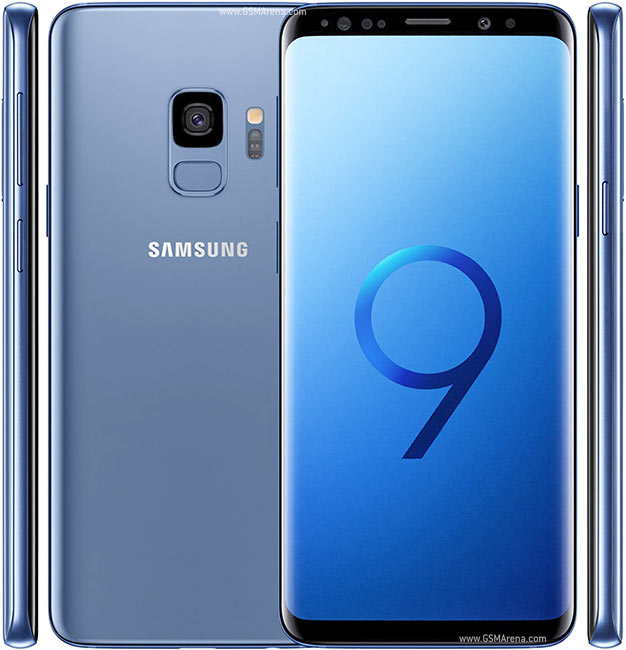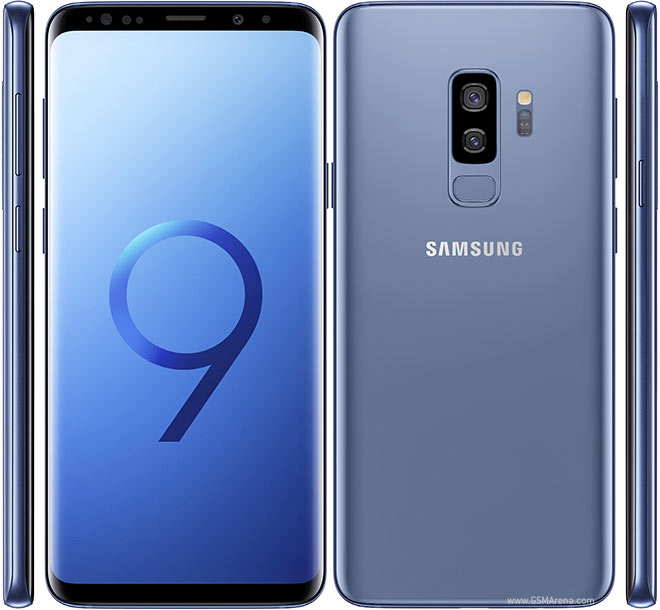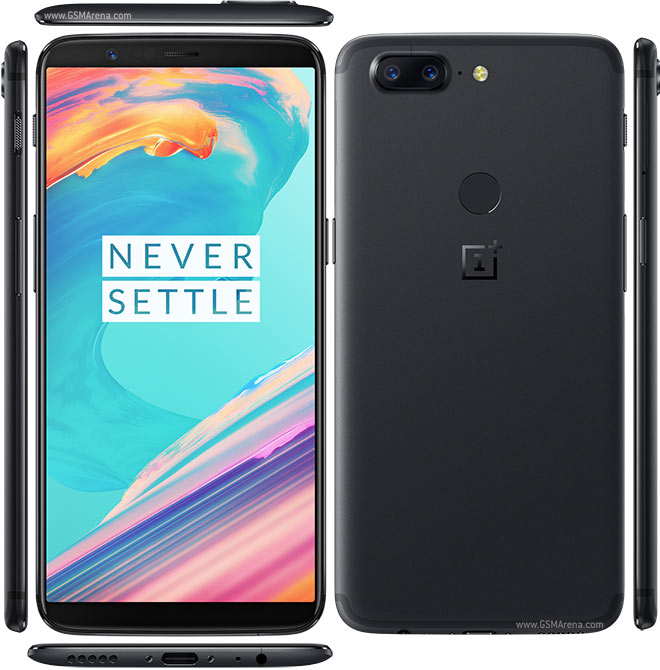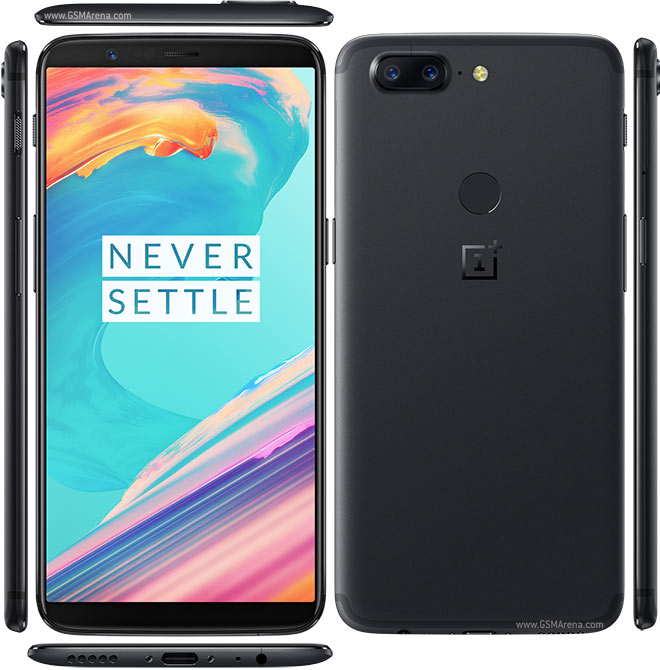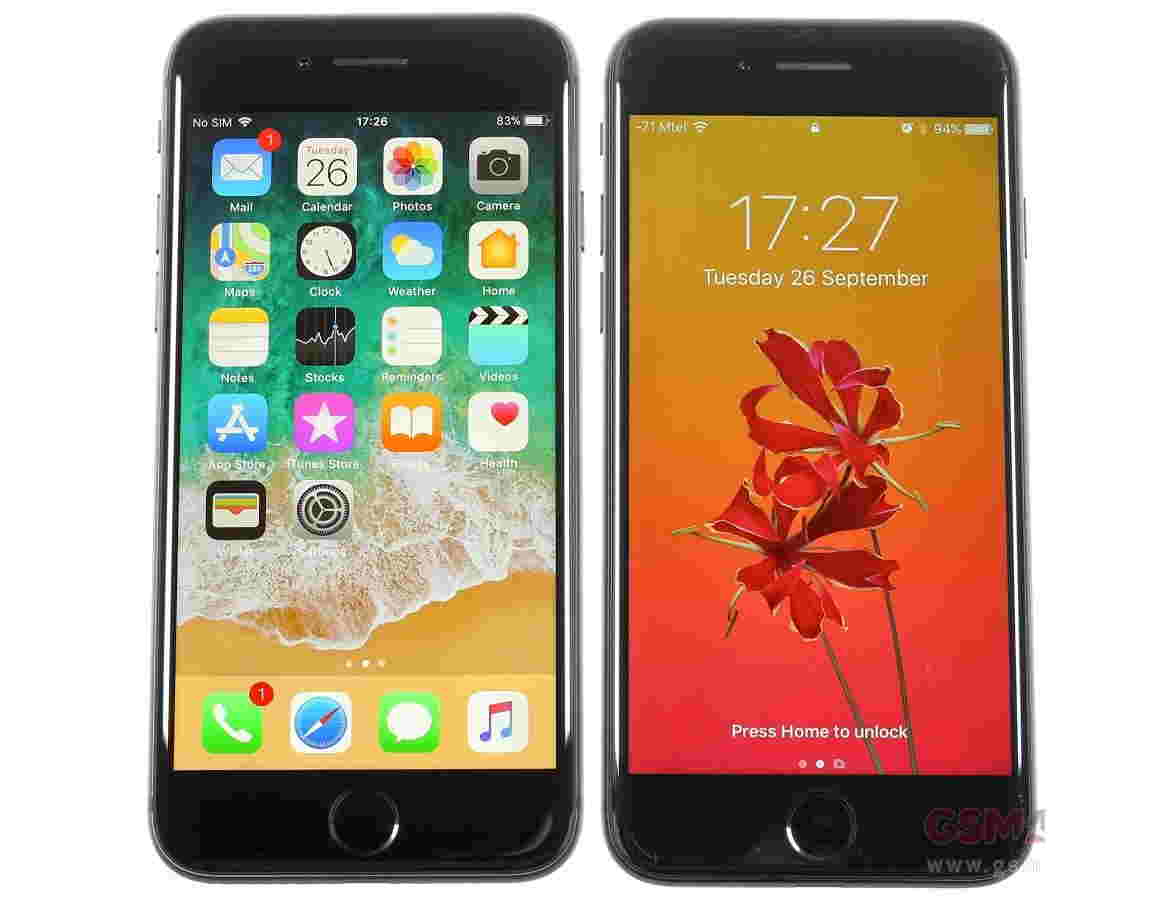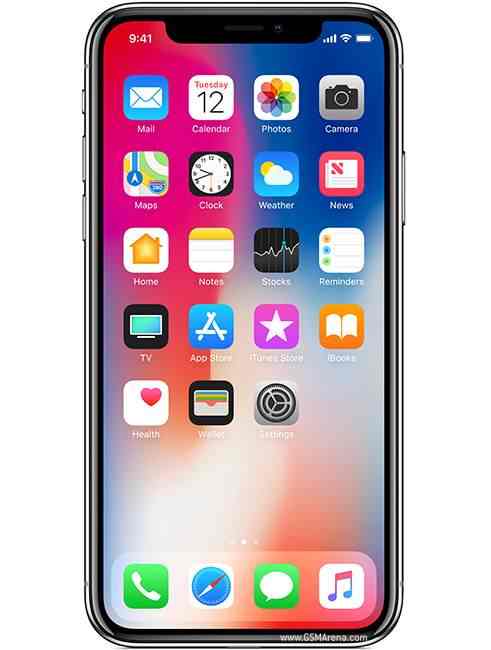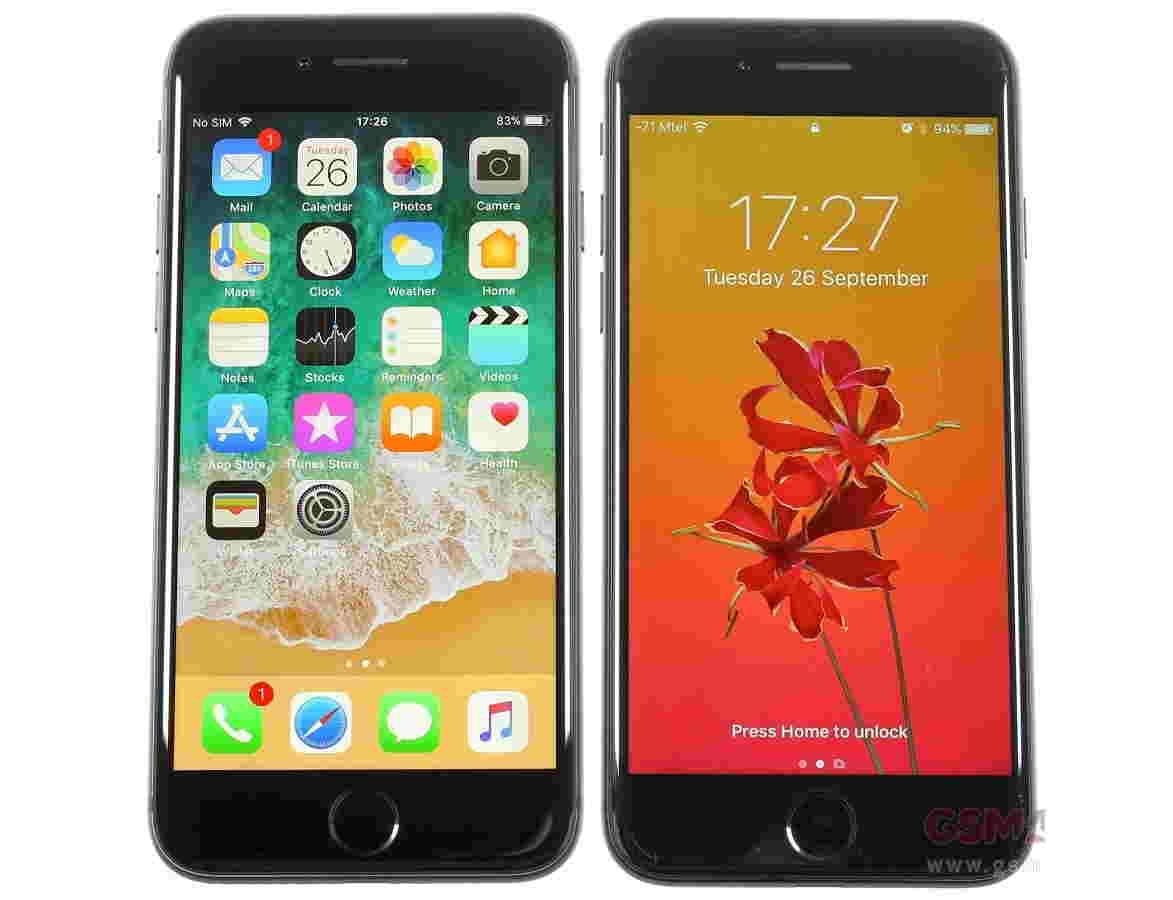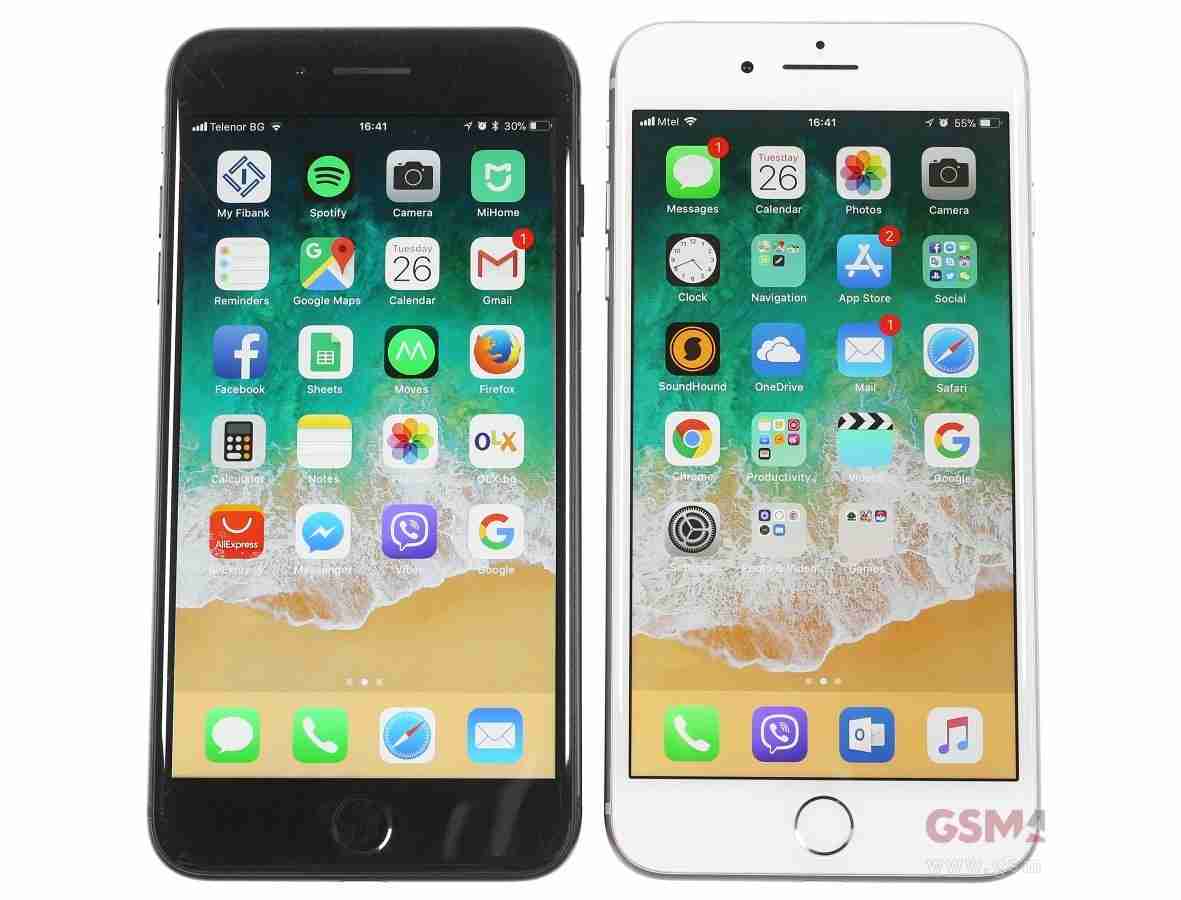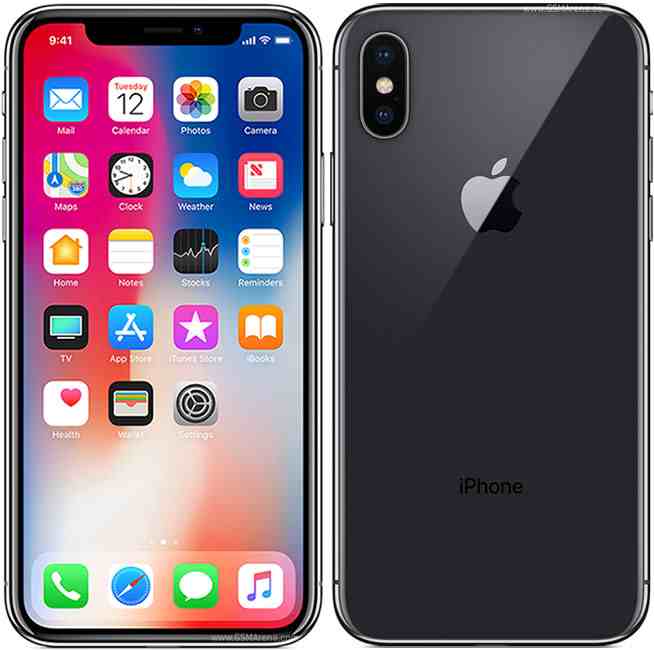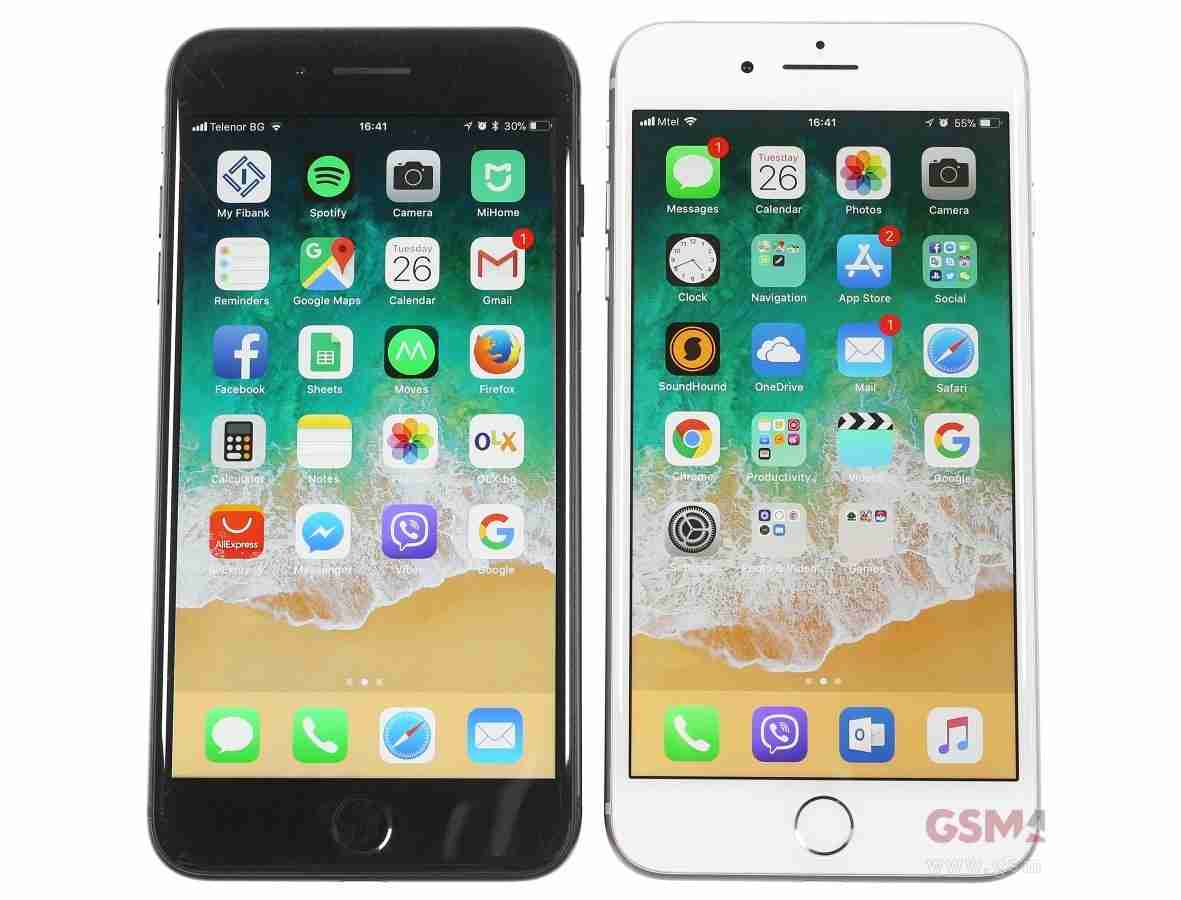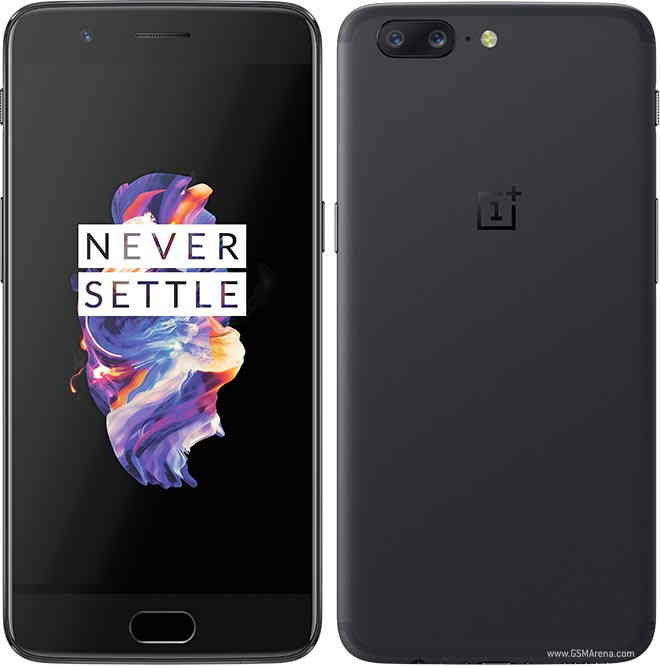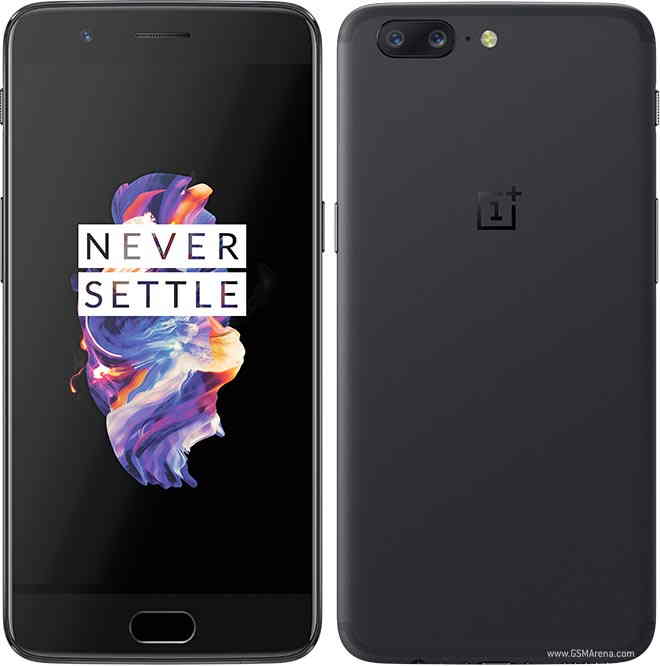
Introduction
With Google seemingly turning its back on the whole affordable flagship phone concept with the Nexus 6, it appears you have to look to China for your Android bargains these days. Following the template set by the OnePlus One, the Honor 6 (from Huawei) provides high-end specs for just £249.99.
That's actually a little more expensive than the OnePlus One, but at least you don't have to jump through hoops to buy one - the Honor 6 can be purchased through good old Amazon right now.
Huawei is calling the Honor 6 'the world's fastest smartphone', thanks to a combination of a custom octa-core CPU and next generation LTE connectivity, which is quite a claim to make in such an affordable phone.
Of course, it's not enough to simply pack your Android smartphone with box-ticking components any longer. People demand a dash of style and personality from their handsets, even if they are only paying half the asking price of the aforementioned Nexus 6.
That's perhaps why Huawei seems keen to get a little distance from its slightly uncool brand name here in the West. Just like Oppo with its OnePlus One, Huawei has all but erased its name from the UK Honor 6 packaging.
It's there on the phone, but you have to squint at the official labelling on the rear of the handset.
It may have a cool new name, but the Honor 6 follows in the footsteps of some solidly built and highly capable Huawei handsets, such as the Huawei Ascend P7. Like that phone, the Honor 6 also comes packing Huawei's distinctive Emotion UI, which won't be to everyone's taste.
So, has Huawei - sorry, Honor - come up with a contender for the affordable Android flagship phone? Let's find out.
Huawei might be looking to create a cool new smartphone brand name, but it seems curiously content to fall back on the same old design beats with the Honor 6.
This is a thoroughly unremarkable phone to look at and hold. Its flat, straight-edged, round-cornered design is pure iPhone 4, with a little Sony Xperia Z2 and Nexus 4 mixed in for good measure.
Apple's hugely influential smartphone appears to have been the inspiration, anyway. In reality, the Honor 6 sports a slightly bulging plastic rim that stretches the limits of the term "metal effect." It's silver plastic, pure and simple, and it looks a little tacky.
Perhaps in a bid to dodge those iPhone accusations, Huawei has stopped short of stretching the rim right around the perimeter of the Honor 6. It stops short just before the bottom edge, leaving it unadorned in plain white plastic.
The rear of the device is coated in a kind of shiny plastic, with a subtle grid pattern underneath that Huawei is calling a 3D diamond effect. It's not nearly as remarkable as it sounds.
Rather, the Honor 6 has that slightly awkward, greasy feel in the hand that doesn't make you want to simply hold and, yes, fondle it like a nicely rounded Moto X 2014 or an all-metal HTC One M8. Even the all-plastic OnePlus One does a better job at making an all-plastic phone feel pleasant to hold.
Still, the Honor 6 is undeniably solid in the hand, with no flexing or creaking. Despite this, it's a fairly slim 7.5mm (about the same as the iPhone 5S) and it weighs just 130 grams (the same as the Nexus 5).
Thanks to those metrics, as well as slim side bezels, wielding the Honor 6 in one hand is just about achievable for those with larger-than-average hands. That's despite the fact that it ships with a fairly large (despite shifting perceptions) 5-inch display.
The display itself is a good quality IPS LCD with a 1920 x 1080 Full HD resolution. It offers a crisp picture, with a decent 441ppi, decent viewing angles, and accurate colours, all of which is aided by in-cell technology that dispels with the separation between glass and display. It's the first and most obvious sign that the Honor 6 is punching well above its weight on the spec front.
Button placement is pretty standard for a modern 5-inch smartphone, which means that the volume and power buttons are well positioned on the top right-hand edge of the device. They're easy to reach with a thumb or finger, depending on which hand you're using, and each has a welcome ridged texture to them and yields a tightly sprung click when pressed.
I would have perhaps liked a little more differentiation between the two in order to make them easier to locate quickly by feel, but they work just fine.
Huawei has opted to omit any physical or capacitive control buttons from the front of the Honor 6, which we've come to expect from the manufacturer's phones by now. This leaves the front of the phone unadorned. It's a real blank slate of a phone from this front angle, lacking any sort of Honor branding. That's reserved for the back of the device.
Aside from that glossy plastic material, there are a couple of design features I wasn't too keen on when it comes to the Honor 6's rear. One is the positioning of the camera, right on the top left corner of the phone as you look at it.
Combined with the Honor 6's dimensions it made taking pictures with the phone a little awkward without trailing your spare fingers into view.
The other design feature I didn't like was the single rear-mounted speaker. With the aforementioned lack of capacitive keys, the potential was there to front-mount the speaker for clearer sound. This would also have provided a sense of symmetry with the similarly (though not identically) styled earpiece.
All in all, the Honor 6 may be one of the most depressingly dull-looking smartphones I've used in 2014, but its fine display hints at some of the charms to be found elsewhere.
Key features
As we've already mentioned, Huawei is marketing the Honor 6 as the world's fastest smartphone - a bold claim indeed in this time of 64-bit powerhouse processors like Apple's A8 and Nvidia's Tegra K1.
We'll deal with the Honor 6's custom octa-core Kirin 920 CPU in the next section, because Huawei isn't really referring to its processing performance here. More specifically, it's referring to the chip's in-built CAT 6 LTE network compatibility.
This advanced 4G standard will allow download speeds of up to 300Mbps. That's double the speed of the current widespread CAT 4 LTE standard in this country.
Is that last statement ringing any alarm bells with you? It should do. If CAT 4 LTE is the current widespread standard in the UK and Europe, of what use is a phone with CAT 6 LTE capabilities?
The brutal answer to that is 'very little at all,' aside from giving the phone a degree of future-proofing for when 4G speeds inevitably crank up. EE is known to be testing such network speeds, so stay tuned.
Of course, even if the UK did have CAT 6 LTE, the Honor 6 would hardly be out on its own for download speeds. Both the Samsung Galaxy Note 4 and Huawei's own Ascend P7 are compatible with the network standard, among others.
One of the biggest boasts for the Honor 6 is related to its new brand name. Huawei has set Honor up as an internet-only operation - you won't be able to find the phone (or any future Honor phone) in any shop. This is how the company has kept costs down, resulting in a premium-specced phone for £250.
Elsewhere, the Honor 6 may not have quite the impressive 8MP front-facing camera of the Huawei Ascend P7, but it still has a better-than-average 5MP example. Other manufacturers have dubbed their handsets 'selfie phones' for offering such a component.
Not only does the Honor 6's front-facing camera take good pictures (more on this in the camera section), it also allows you to take panoramic selfies. Because apparently that's a thing now.
Sticking with photographic matters, but swinging around to the main one, the Honor 6 offers the same Ultra Snapshot feature as the Ascend P7. Double tap the volume down key, and the phone will instantly take a snap from sleep. Huawei claims this will take 0.6 of a second, and in practice I managed to get near that, but generally found it taking around a second.

That's still far quicker than the typical process of fiddling around with power buttons and lock screen shortcuts. The quality of the images in this super-quick snapshot mode is reasonable too, though the megapixel count is bumped down and there's no autofocusing.
It really is a case of point, shoot and hope for the best, but it means you have a chance of capturing those spontaneous instant shot scenarios at least.
Interface and Performance
Huawei may be eager to erase any mention of its name from the Honor 6 package, but it's still stuffed the phone with its heavily tweaked Emotion UI.
At a time when many Android customisations are rolling things back to be more faithful to Google's vision of a modern smartphone OS, Huawei's skin remains stubbornly stuck somewhere between Android and iOS, with a little Windows Phone stirred in for good measure.
As before, Emotion UI ditches Android's app tray for an Apple-like approach of splurging all of its apps across several home screens. Naturally this makes those home screens a little busier than other Android phones, where you can pretty much ignore little-used applications until needed. But Huawei evidently wants you to manage all this with folders.

This gets a little tedious with the standard drag and drop system, but fortunately you can hit a '+' button within the folders themselves and add apps from the resulting list. It's a thoughtful and welcome inclusion.
Elsewhere, you get Huawei's somewhat twee themes set-up, which kit out the wallpaper, app icons, and lock screen in a thematically linked fashion. The available themes - some of which are preloaded, most of which need to be downloaded from an online stash - vary from sober and plain to gaudy and gimmicky.
None are anywhere near as sharply realised or pleasantly designed as stock Android itself (even the now out-of-date 4.4 KitKat that underpins things here), or the customised efforts from HTC and Sony for that matter.
The whole stylistically consistent app icon concept is one thing, but when you start adding in loads of third party apps (as you inevitably will) the clash in styles is all too apparent. Google's own apps in particular look a little odd (little sharply drawn icons framed against a plain backdrop) though they're still infinitely easier to distinguish at a glance than Huawei's own nondescript efforts.
Annoyingly, I get the same glitch when downloading Google Calendar as I did when I tested the Huawei Ascend P6 last year. The Emotion UI seems to get confused at the presence of a second calendar app, and gives Google's app the same icon as Huawei's own. You'd have thought this would have been sorted by now, wouldn't you?

Huawei also bundles in a simple home screen option, accessible from a long press of the home screen, which makes everything look like a poor man's Windows Phone.
This gives key apps a huge portion of the screen, like the aforementioned Live Tiles, only without the style or the interactive element, and shoves the rest into crude 'others' and 'downloads' sections. Which is effectively like reinstating the app tray, when you think about it.
Huawei has also messed with the look of the notification menu, giving it a plain white backdrop with light blue accents. It feels like something from Android versions past, but functionally it's fine. You drag down from the left half of the screen to get your notifications, and the right for shortcut toggles.
The lock screen is a little on the cheap and nasty side too, with either an unconvincing 'clouds clearing' effect when you swipe on it, or a naff sunshine effect which can be applied to any theme, and a bunch of random high definition pictures on rotation. When it comes to simply unlocking the Honor 6, the vague lock screen prompt doesn't work too well.

Curiously, Huawei has included an iOS 8-like transparent toggle bar that pulls up from the bottom of the lock screen, offering shortcuts to the calendar, calculator, torch function, front camera (for those last minute hair-checking moments) and a section for weather reports.
It's a reasonable idea, but it doesn't seem to fit naturally with the rest of the UI, and its lack of ubiquity (perform the gesture from the home screen and you'll get Google Now) meant that it never really stuck during my test period. Perhaps extended usage would reveal it to be more useful.
One thing that the Honor 6 interface can't be criticised for is speed and responsiveness. Everything here is silky smooth, with stutter-free screen transitions.
Indeed, the Honor 6 in general is a swift machine. It may utilise Huawei's own octa-core Kirin 920 CPU, but don't think that the lack of a mainstream chip means that it's hamstrung in general usage.

I ran the usual Geekbench 3 benchmark test several times, and the Honor 6 scored an average of 3148. That's comfortably higher than the Snapdragon 801-equipped Samsung galaxy S5 (2905) and HTC One M8 (2951).
One of the best real world tests for any phone's power, of course, is to play advanced 3D games, and the Honor 6 came through well here too. Real Racing 3, which has made many a supposedly high-end phone stutter in its time, ran nigh-on flawlessly here, as did fellow polygon-pushing showcases Asphalt 8 (which comes preinstalled) and Dead Trigger 2.
One significant reason behind the Honor 6's fine performance is that it comes with a generous 3GB of RAM. That's more than even its more expensive cousin, the Huawei Ascend P7.

It's not just dumb power that the Kirin 920 provides either. Like Samsung's Exynos CPU, Huawei's chip uses ARM's big.LITTLE architecture to run on four low-speed cores for regular tasks, switching to four high-performance cores for advanced tasks.
It's a power-efficient way of doing things without sacrificing anything on the performance front.
Battery life
The Honor 6 comes with a generously sized 3100mAh battery. That's bigger even than the Samsung Galaxy S5 and its 2800mAh example.
Sure enough, the phone lasted out well during my test period, though nothing that will make you sit up and take notice. You'll still want to charge it at the end of every day, but you won't be struggling to make it through that day or anxiously dropping the screen brightness and closing apps to make it last.
As a use case scenario, I took the Honor 6 off charge at 9:15 in the morning, and subjected it to a full day of above average usage. This entailed 30 minutes of solid gaming (gotta love Blocky Roads), a little emailing, the taking of a couple of brief HD videos, and some web browsing.
After putting the phone into Airplane mode overnight, it was 12:15 the next day when I put it back on charge, and it still had 11% left in the tank.
More scientifically, I put the Honor 6 through our usual battery test. This involves running a 90 minute 720p video, with the screen set to full brightness and all notifications active.
I got an average remaining battery amount of 84% from these tests. That's pretty good going, and matches the Samsung Galaxy S5, which is well known for its strong battery performance. It's also a full 10% better than Huawei's recent Ascend P7.
On the interface front, Huawei has continued with some of its interesting, if somewhat overbearing practices. You'll get notifications when power-sapping apps are left running in the background, along with the option to quickly cull them.

Initially, this seemed like a useful feature, but it becomes a little annoying. After all, Android has been designed with such background multi-tasking in mind. If this kicked in when the battery life reached, say, 30%, I could understand.
But you'll be receiving these nagging requests even when your phone is fully charged, and when using simple apps like Huawei's own photo gallery. It makes the simple act of using apps feel like an excessive, wasteful, even guilty experience, which is surely not the point here.
Huawei also includes an ultra power saving mode that it claims can lead to 48 hours of battery life, but it's a pretty extreme mode. It keeps only basic functions like calling and messaging, cutting everything else out. Even colours go out of the window, with a simple, dim, monochrome picture.
Naturally, this isn't a practical way to use your phone long or even medium turn, it's less functional than a feature phone in this state.
But when you're caught away from a power point with single digits remaining on the battery percentage meter, it's a nice option to have.
The essentials and camera
The essentials
The Honor 6 is a fully featured phone, and you won't find yourself wanting for any core feature here. Quite the contrary, in fact.
Huawei has fallen into the same trap as the vast majority of Android manufacturers of offering too much functionality, and too many choices for the same simple task.
There are two messaging apps, Google's default Hangouts and Huawei's own messaging app. The latter is a bare bones effort, and it's a little dated-looking, but it works well. Some will prefer its simplicity for sending and receiving SMS messages.
Hangouts is far more sophisticated and easy on the eye, offering the dual function of basic SMS messages and Google's Skype or Whatsapp-like IM messaging. Hangouts lets you see when contacts are available to chat, partake in group chats, and send embedded attachments.
I'm used to this choice of messaging apps now, but should I be? Is it desirable or even necessary to muddy the waters for your average consumer?

There are two keyboards too - Huawei's default effort and a Google alternative. Huawei's effort isn't the prettiest (little here is), but it is very functional, with the intelligent spelling suggestion system here offering five options instead of Google's three.
You also get the popular Swype keyboard built in, allowing you to type 'joined up,' removing your finger from the screen only when you've finished the word. It's the original and one of the best at this kind of thing.
Google's packaged in keyboard disappoints by comparison. It's better looking and less cluttered in use, but this is the old version, so it lacks Google's own swipe-to-type system. You'll have to download the free Keyboard app from the Google Play Store if you want that.
Naturally, there are also two email apps here: Gmail and a generic email app. The latter's less necessary now that you can run alternative email addresses through the revamped Gmail app, of course. Google's new email app is very sharp, taking on the company's new Material Design, which forms the basis of Android 5.0.

Special mention should go to the Honor 6's phone app, which offers advanced functions like the ability to set your favourite contacts to a press-and-hold of a numerical key. There's a favourites section for that too, but some power users who use the dialler a lot will no doubt appreciate the touch. The dialler will also provide contact suggestions based on your initial inputs, and that includes using the numbers alphanumerically (so 4663 for home).
Call quality was just okay throughout my time with the Honor 6. There were no dropped calls, and the voice at the other end came through loud enough, but I often noted a slight sharp metallic note to such calls, and it struggled to filter out background noise such as traffic. 4G performance was solid, though,offering the same areas of connectivity and black spots as my daily use phone, the iPhone 5S.
Camera
The good news here is that Huawei, in putting together a smartphone for £250, hasn't skimped on camera quality, which is often one of the first components that gets sacrificed.
The Honor 6's main rear-mounted camera is an accomplished 13MP example with a fourth generation Sony BSI image sensor. It suggests that it may well be the same snapper that can be found on the Huawei Ascend P7, which I'm a big fan of.
By default you get 10MP images at a 16:9 aspect ratio, and cranking things up to full 13MP results in rather square 4:3 snaps. That's fine by me, though it does mean that the camera app will gain some ugly leather-effect borders to reflect the new viewfinder. Seriously, Huawei - skeuomorphism is SO 2008.
Either way, image quality is good, with accurate colours and a strong HDR mode taking care of those awkward-but-common 'dark foreground, light background' shots.
The latter automatically takes a second, HDR-enabled snap when it determines that one is needed, without requiring you to specifically select the mode. It's rather similar to Apple's implementation in that way, and that's a good thing.
Shot speeds are quick enough, and as mentioned previously there's an ultra-fast snapshot option accessible through a double tap of the volume down button. The only downside to this mode is that you'll find yourself taking a number of accidental shots as you pull the phone out of your pocket and fumble around with it in your hands.
The camera app offers a decent shooting experience, with the option of a reasonable amount of manual control in normal mode. You can play with ISO, white balance, exposure, saturation, contrast and brightness from here, but we got perfectly good results by sticking with the default smart mode.

Best photo mode, meanwhile, lets you take ten continuous shots, then select the best photo of the lot. There's a filters mode, too, for arty creative types (or just the easily bored), and a by-now-obligatory panorama tool.
More unusual are the watermark and audio note modes, both of which allow you to attach additional information to your photos. Watermark applies a location and date stamp, while audio note lets you provide a ten second contextual comment to your images.

The Honor 6's 5MP front camera isn't quite as impressive as the Ascend P7's 8-megapixel example, but it's still well above average. If taking selfies is your thing, rest assured that your images will be perfectly crisp here.
There's even a handy boxout in the top right to help guide your eyes to the optimal position for each shot, while an ever-present beauty slider will smooth out those blemishes to varying degrees, should you wish.
Video is Full HD 1080p, so no 4K here, but it records at 16:9 as standard. It's only when you bump things down to 720p, however, that you have the choice of shooting video with HDR enabled.
Camera samples

Click here for the full res image

Click here for the full res image

Click here for the full res image

Click here for the full res image

Click here for the full res image

Click here for the full res image

Click here for the full res image

Click here for the full res image

Click here for the full res image

Click here for the full res image
Media
As a media player the Honor 6 has a number of elements going in its favour. Chief among those is its 5-inch 1080p display, which renders video and games with the sharpness and accuracy of a phone twice its price.
It's a shame that the Honor 6's speaker is so bad, as outlined earlier. The one weedy speaker offers little oomph, and its weird placement on the rear right of the device (as you're watching the screen) meant that I found myself cupping my hand around the back in order to funnel the sound around to the front. It worked, but I really shouldn't have to do that.
Unusually, Huawei doesn't pack its own video player in here. It has a gallery app that allows you to watch back captured and downloaded video clips, and a file manager that offers a video category, but otherwise it leaves things to Google's own pre-installed Google Play Movies & TV app. This lets you purchase, rent, and watch movies and TV shows.
Huawei has bundled its own dedicated music app, but it's extremely basic. You get albums, artists, and playlists categories, the latter of which presents itself as a variety of 'mood' headers. Don't think that these will smartly sort your music collection accordingly though, you'll have to add them manually.
You're better off going with the Google Music app, which is also bundled. As you're probably aware by now, this offers a slick interface for your music, a complete MP3 music store, a Spotify-like subscription service, and the ability to upload 20,000 of your own songs to the cloud. It's pretty much all you need on the music front.

Both music apps offer a notification menu widget for skipping and pausing tracks, though only Huawei's own seems to have been granted a lock screen equivalent, which is a little disappointing.
Sound quality on the Honor 6 - through a decent set of headphones at least - is good, with a good rich low end sound. Bass heads should feel particularly at home.
As hinted at in the performance section, the Honor 6 is great for games. Its 5-inch display is a great size for rendering the most technically advanced 3D games, but compact enough to make wielding traditional virtual controls a doddle (which they often aren't on tablets, for example).
I tried a variety of games during my test period, and the Honor 6 was as well suited to the delicate 2D aerial acrobatics of Retry and the skilful platformer play of Mikey Shorts as it was for the usual blockbuster 3D fare. All of them looked great here, too, and there were no performance issues.
You get 16GB of internal storage as standard in the Honor 6, but there's also a handily placed microSD slot situated right by the SIM slot, beneath a fiddly flap.
The Competition
The Honor 6 isn't alone when it comes to offering premium smartphone kicks for a mid-range price. In fact, there's an emerging market for such devices, with the very best offering more bang for your buck than any so-called flagship phone.
OnePlus One
The Honor 6 seems to be taking on the OnePlus One directly in the way that it offers a near-premium Android smartphone for well under £300.
If we were to choose we'd go with the OnePlus every time, however. At £269 for the 64GB version and £229 for the 16GB version, it offers a more distinctive design, competitive specs, including a larger 5.5-inch display, and a superior and infinitely more customisable CyanogenMod UI.
In fact, the only issue with the OnePlus One, now that the manufacturer has worked out some initial gremlins, is that it's so hard to buy one.
- Read the full OnePlus One review
Nexus 5
Th Nexus 5, Google's outgoing flagship Android phone, is still a relevant option as evidenced by the fact that it's still available to purchase as new (and with no hint of a price drop) after the Nexus 6 launch.
The Nexus 5 doesn't seem to be quite as powerful as the Honor 6, and its 8MP camera is comparatively weak, but it has a strong 1080p 5-inch display and a distinctive blank canvass design.
It also has the benefit of being one of the few smartphones to run pure, unadulterated Android. By the time you read this, it will have received the Android 5.0 update, too, so even a year after its release the Nexus 5 will be on the cutting edge.
It's just a shame that Google hasn't bumped the price down to below the £250 mark.
- Read the full Nexus 5 review
Nokia Lumia 830
We like to throw in something a little different to these comparisons. Nokia's 'affordable flagship,' the Nokia Lumia 830, offers a similar design to the top-end Lumia 930, but with slightly rolled-back specs.
Admittedly, that means that the Lumia 830's 5-inch display 'only' manages a 720p resolution, which instantly makes it suffer against the Honor 6. Meanwhile, its low-end Snapdragon 400 CPU is thoroughly outgunned by the Kirin 920.
But the Lumia 830 is much nicer in the hand, it has a very strong 10MP PureView camera, and the Windows Phone 8.1 OS remains a refreshing (if flawed) alternative to the usual Android and iOS suspects.
Hovering somewhere just under the £300 mark, the Lumia 830 is probably the most expensive phone on this list - which makes it tough to justify given its weaker specs. But if you want a phone that actually looks and feels like a high-end phone, it's an option.
- Read the full Lumia 830 review.
Verdict
The Honor 6 offers some strong specs for a decent mid-range price, and as such is worthy of consideration for those on a budget who still demand top performance.
However it feels as cheap as it is, and Huawei's Emotion UI is aging rapidly next to fresher, sharper alternatives.
We liked
The Honor 6 is undoubtedly great value for money, with specs that not so long ago would have been considered cutting edge.
I was pleasantly surprised by the effectiveness of Huawei's custom CPU, which handles general navigation and complex 3D games with equal aplomb.
Meanwhile, the Honor 6's 5-inch 1080p display is crisp and colourful, and its 13MP camera takes decent pictures.
We disliked
While the Honor 6 performs like a more expensive phone, it looks and feels every inch the mid-range Android phone: cheap, plasticky, and generic.
It's a feeling that seeps through to the Emotion UI, which is starting to feel dated and stifling. Huawei's Android rivals have upped their game by either getting closer to stock Android or generally sharpening up - it's time Huawei did something similar.
Then there's the simple fact that for all its impressive features, the Honor 6 still isn't as good as the OnePlus One.
Final verdict
I appreciate what Huawei has done with the Honor 6. It has created a near-high-end Android phone that comes in at around half the price of most flagships.
While the result feels slightly dull, cheap, and derivative in the hand, it doesn't disappoint when you start using it. This is a fast, capable smartphone that covers all of the bases in terms of performance.
However, Huawei should have gone one step further in shedding its own brand name - it should have scared the Emotion UI. What once was a functional splicing of Android and iOS now feels dated and overly busy.
If you demand a high-end Android experience for £250 or less, we'd still recommend trying to go through the process to secure a 16GB OnePlus One. If you're impatient or want to go with a more established manufacturer, though, you can rely on Huawei and its Honor 6, even if the company doesn't want to put its name to it.
First reviewed: November 2014







